Iron Fist: The Lives of Carl Kiekhaefer, Industrial Caesar of a Marine Industry Empire
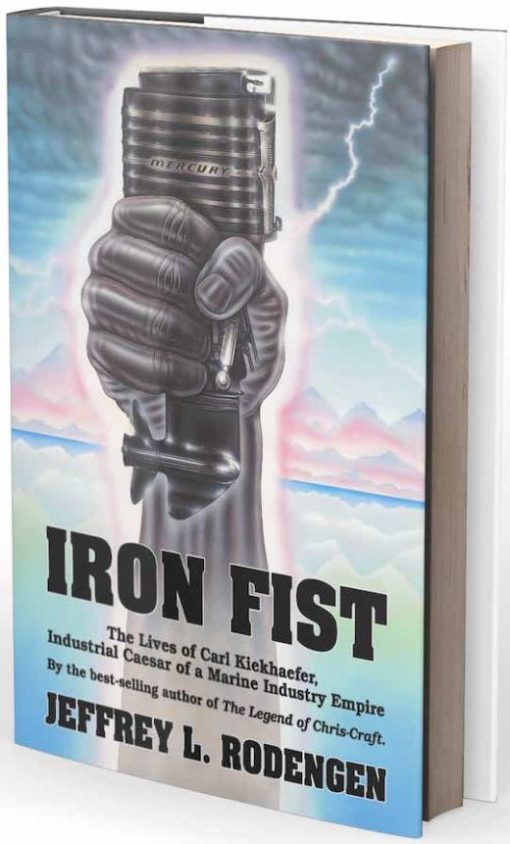 by Jeffrey L. Rodengen
by Jeffrey L. Rodengen
When is the last time you read a nearly 700-page biography that told a story so fascinating and was so well written that you were reluctant to set the book aside until you’d turned the last page? That situation describes your reviewer while reading Iron Fist. But that’s left the challenge of succinctly capturing the man whose life’s story the book relates because his accomplishments are as numerous as his fields of endeavor.
The book’s author, Jeffrey Rodengen, describes Carl Kiekhaefer (1906–83) as “a perplexingly complex man with a dizzying array of emotional impediments and deeply rooted fears of rejection, failure and love. The clash of his oversized abilities and fragile emotions combined to produce one of the most unforgettable individuals in 20th-century industry.” With this biography Rodengen proves each word of his assessment.
So come along and meet Elmer Carl Kiekhaefer. First, the correct pronunciation of the surname is Key-Kay-Fur. And while he was called Elmer for his first 42 years, in 1948 he decided his middle name Carl “rang with a more universal appeal and neutrality and would be safe from insult or political whimsy,” thus so was he known and addressed for the rest of his life.
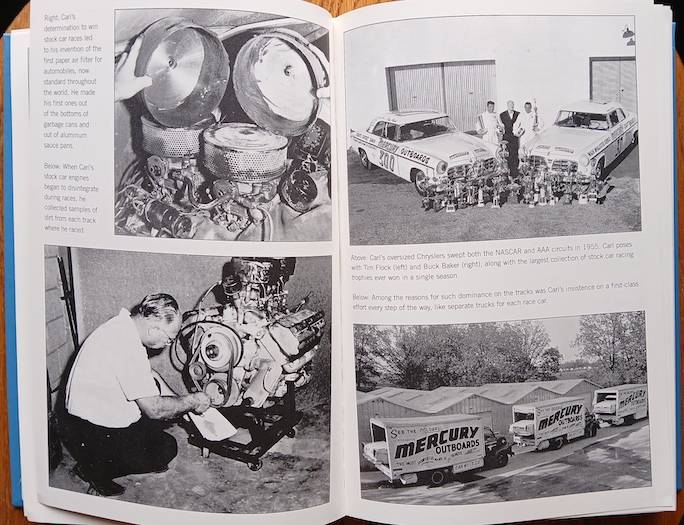
Photos on right: the team arrived clad in matching uniforms, driving matching trucks carrying the cars and all support materials. Pit stops had been choreographed and practiced so each racecar was headed back out in just 48 seconds. Bottom left shows Carl analyzing dirt samples he collected from various tracks as his cars’ engines were being affected. It led to perhaps the most far-reaching of his over 200 patents. That’s the very first-ever paper air filter he created and patented in the top left image!
This industrialist thrived on the adrenaline rush of competition just as he did with various engineering improvements he conceived and implemented. These feelings and reactions stemmed from his upbringing—so similar to that of Henry Ford—doing chores and working on the family farm. It motivated Carl, as it had Henry, to find other ways or creating equipment to make the work go easier, more productively, and then implementing them.
As a young adult Carl (then still Elmer) cast about doing different jobs for various employers before deciding that his chosen industry was that of engineering and continually improving outboard motors. As time would prove, it was a right choice for he would excel and leave his mark with his name becoming virtually synonymous with Mercury Marine.
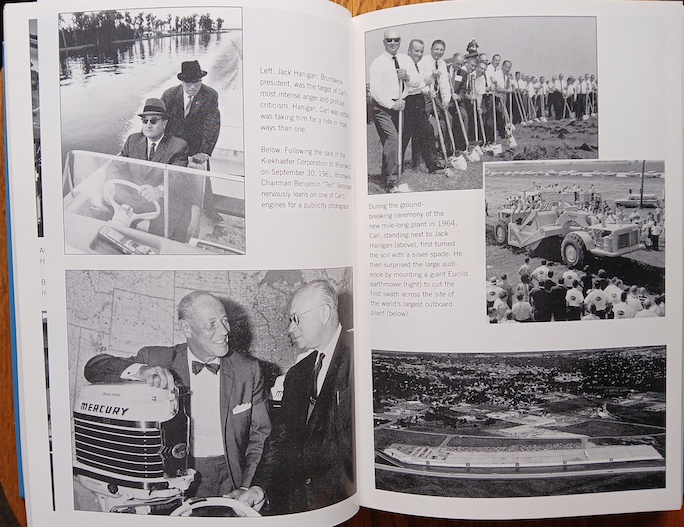
Running his business wasn’t just about product. Corporate mergers and buyouts were part of it too. Top left shows Brunswick’s president seated with Carl standing behind. Below are Brunswick Chairman and Carl following Kiekhaefer Corporation’s sale to Brunswick. On the right, breaking ground with shovels and earthmover for the new “mile long” plant shown completed at bottom.
In 1939 though he’d barely begun his business, as wartime arrived, Carl worked first to secure government contracts to keep his plant open and employees working in wartime-necessary jobs. Then, learning of additional equipment needs, he applied his prodigious engineering skills to first developing a badly needed heavy-duty two-man-operated chain saw and then an engine to power target practice drones that could and would be sacrificed as trainees became more skilled neutralizing targets.
During the first half of the ‘50s decade Carl went stock car racing choosing exclusively Chrysler 300s. First, he tackled the Carrera Panamericana before turning his attention to NASCAR. He left an indelible mark on both as well as on automotive production thereafter the globe around. As quickly as he’d arrived, he was gone never to participate in auto racing again. Racing would re-enter his life the next decade and well into the 1970s. This time it was on the water as he engineered his marine engines to make more power with some mounted aft of the transom, others inboard for better weight distribution and still more speed.
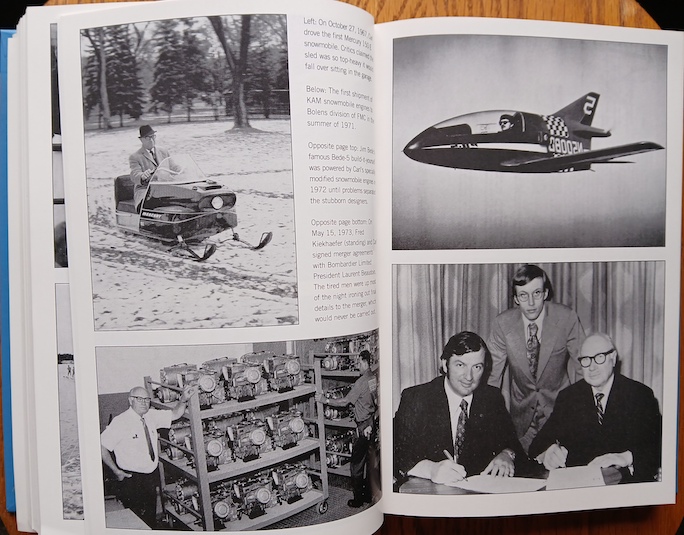
Outboard engines are a right size and make sufficient power to motivate other things like snowmobiles and Jim Bede’s airplanes. Gents bottom right are, l–r, Bombadier’s president, Carl’s son (and successor) Fred, and Carl.
There are chapters covering his quiet but dedicated philanthropy, thus not generally well known of during his lifetime; his family and family life; and his last years. It is well and truly a full biography of man who lived life fully engaged, giving it his all to the last. Notable is this is not a new book. As this review publishes the book is well into its third printing. My review copy was sent to me fully twenty years after its initial 1991 publication.
So, why has it taken so long to tell you of this book that has been sitting on the “to-be-read” shelf since its author/publisher provided me a copy in 2021? Simply because it truly wasn’t a new book and those newly published books arriving regularly took precedence to read and tell you about. That Rodengen has continually kept his Iron Fist in publication—and reasonably priced too, especially considering it is hardbound with a dust jacket*—indicates others keep discovering the book and its story of The Lives of Carl Kiekhaefer as worthwhile and enjoyable reading, as your reviewer has. Hopefully you will obtain your own copy in order to read, too.
*An additional comment regarding the physical book is in order. The Index created is very thorough as discovered when wanting to cross- reference or refer to earlier information while still reading. As noted earlier, the book is hardbound but you’ll want to handle it with care for with its spine, at fully two inches wide, asks a lot of the glue of its perfect binding to hold onto all of those four-shy of 700 pages. Because the photo insert sections are printed on a different “thinner” stock, pages from them are apt to be the first for the glue not to hold fast.
Copyright 2025 Helen V Hutchings, SAH (speedreaders.info)
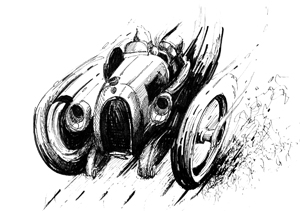

 RSS Feed - Comments
RSS Feed - Comments




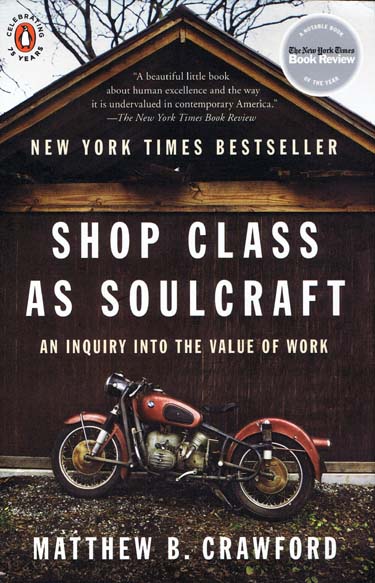
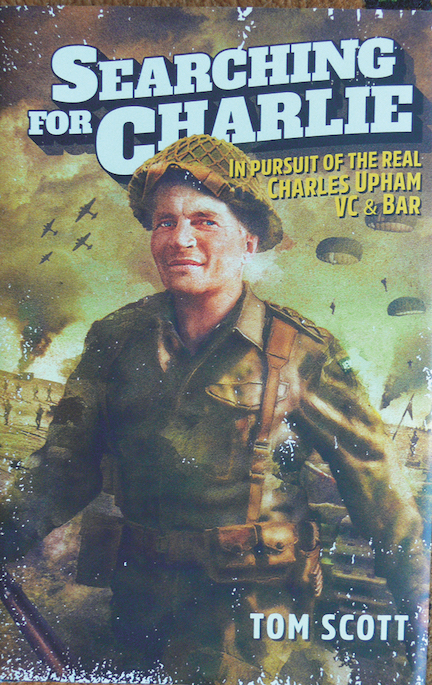

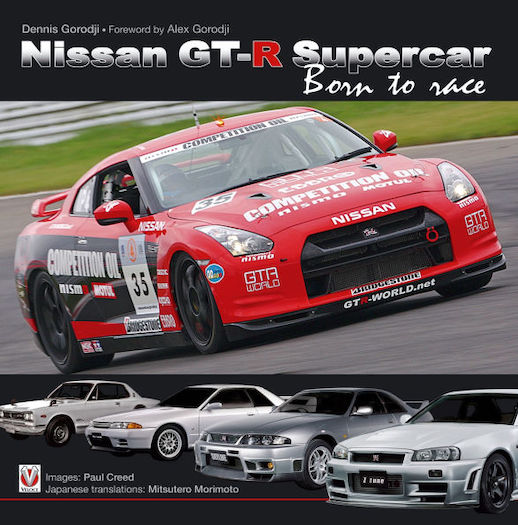

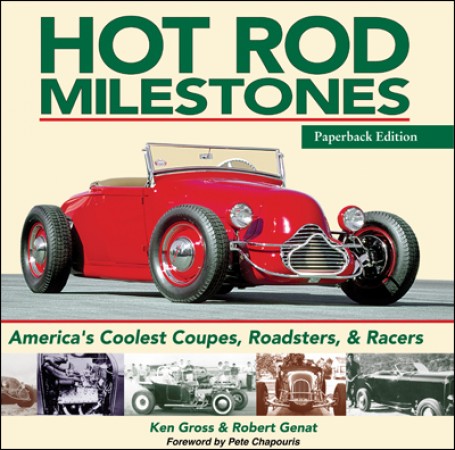

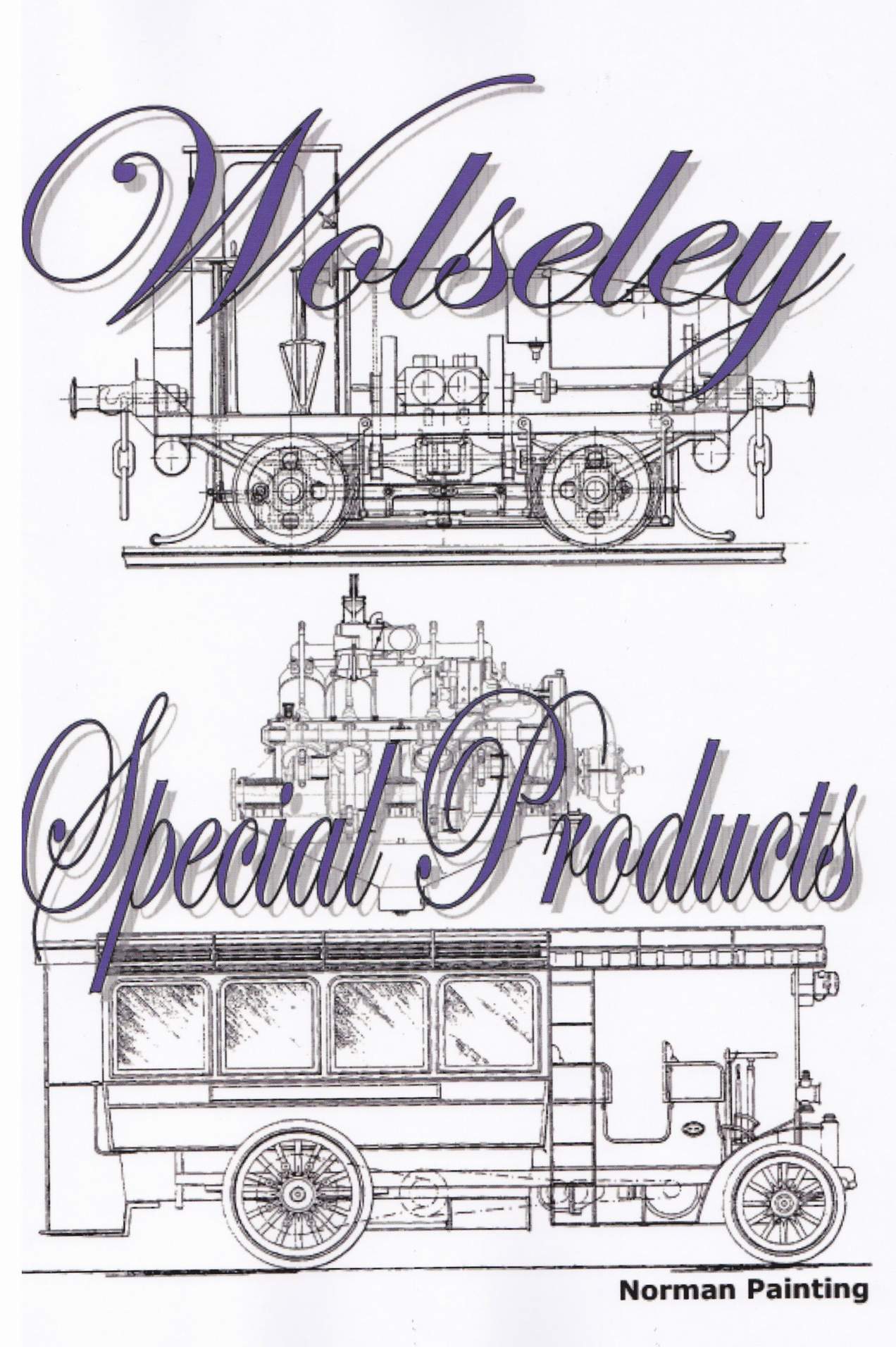




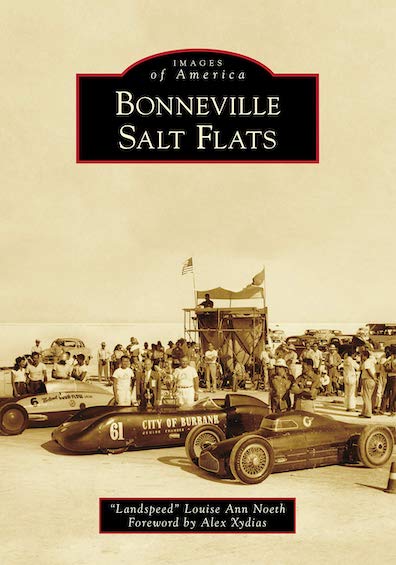
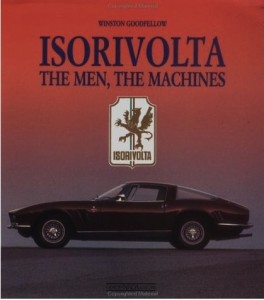
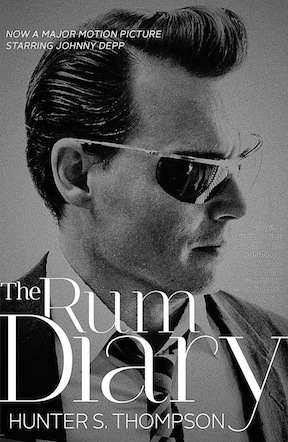

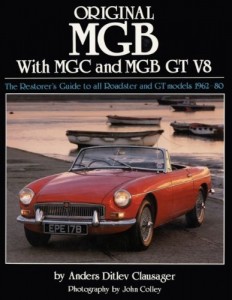

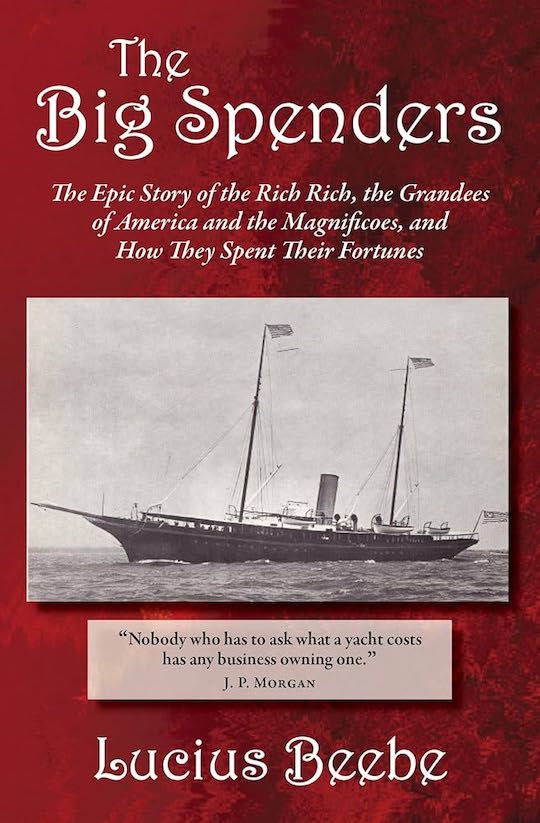




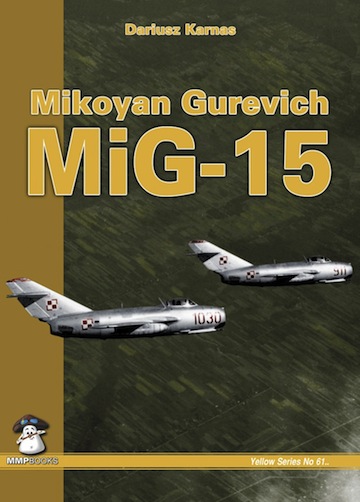









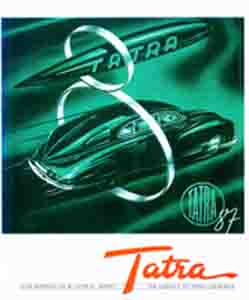
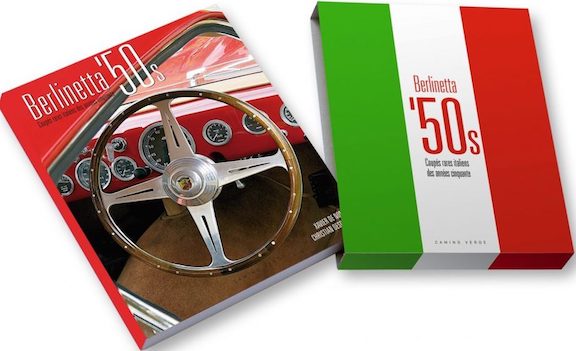



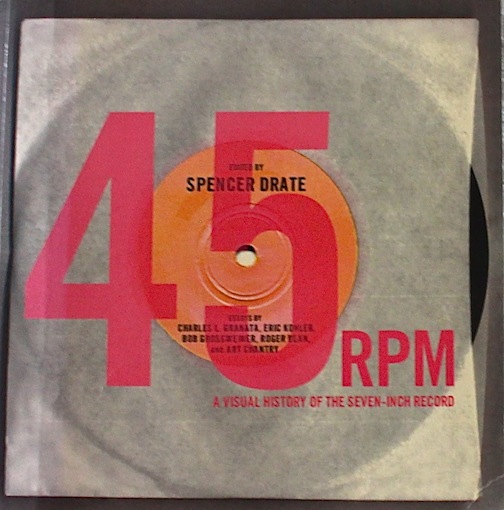
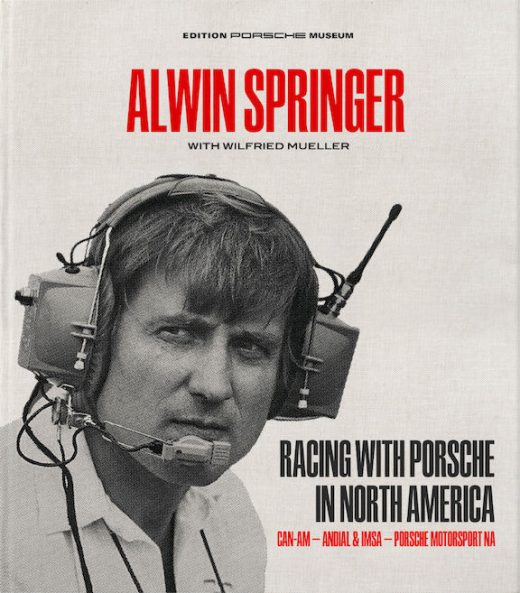


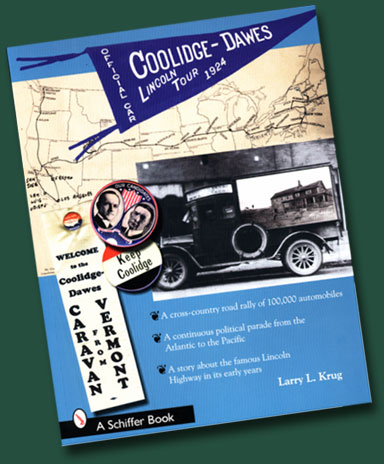
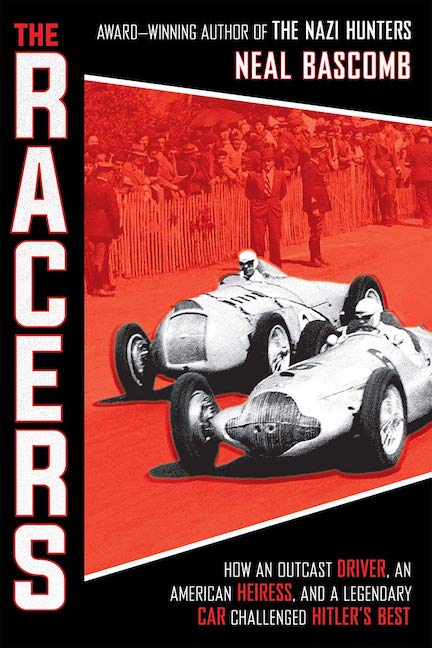
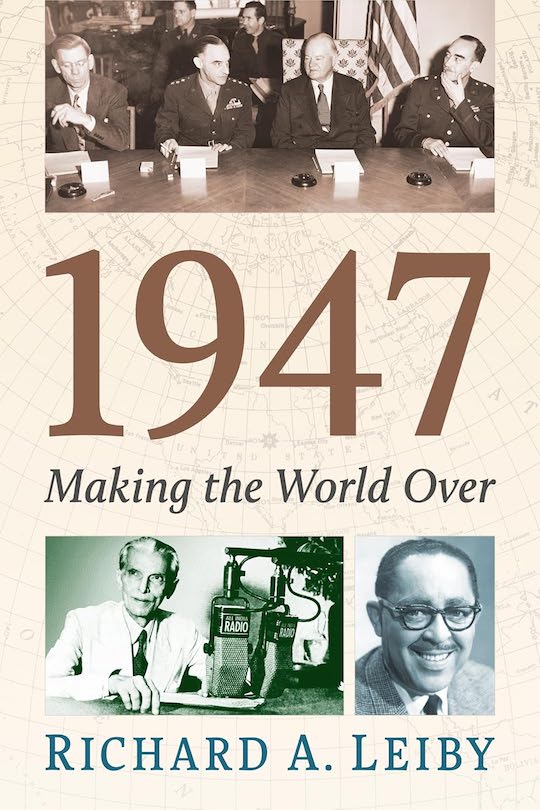

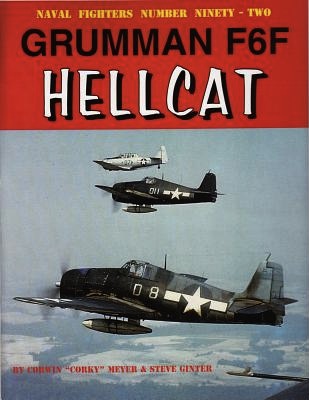
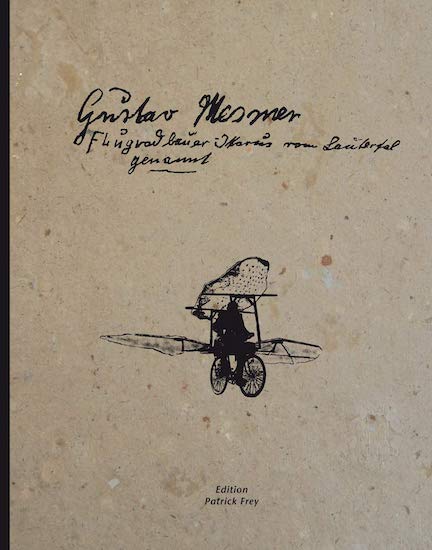
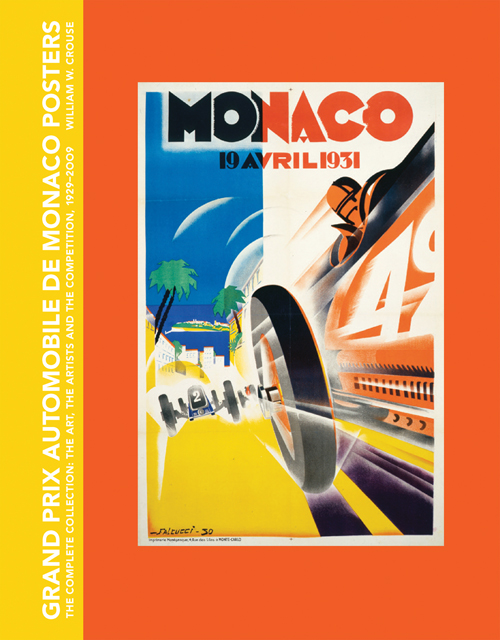

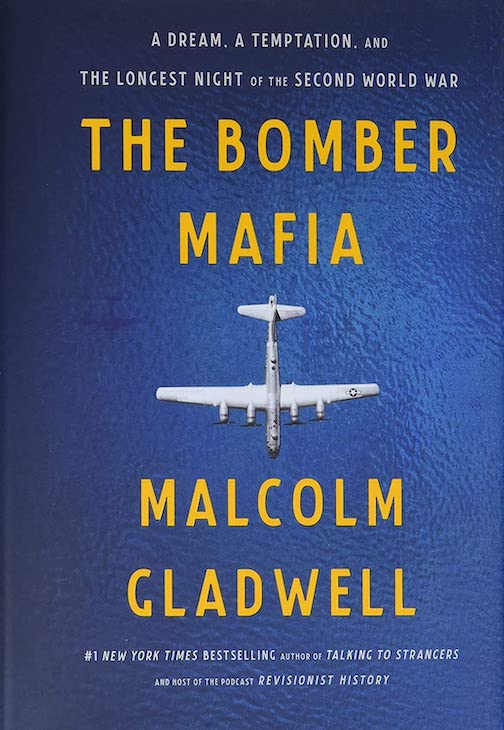




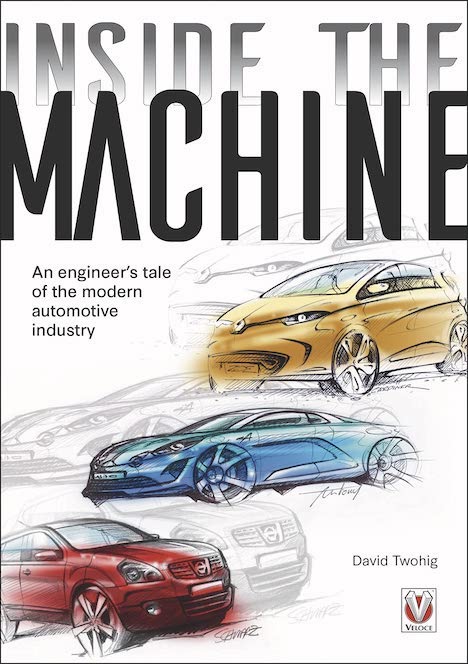


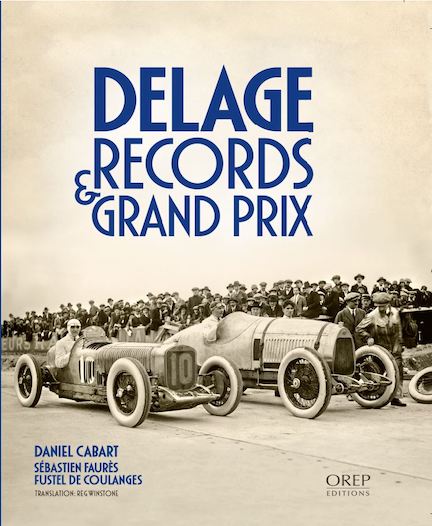
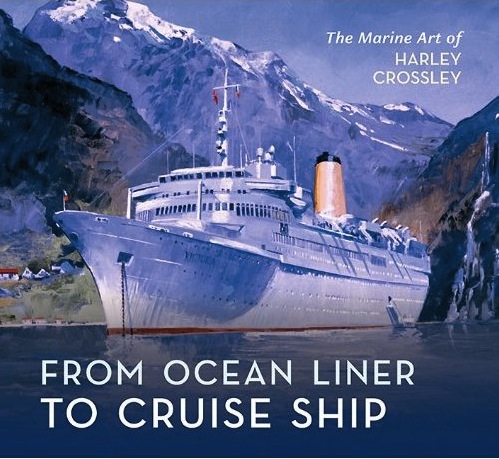




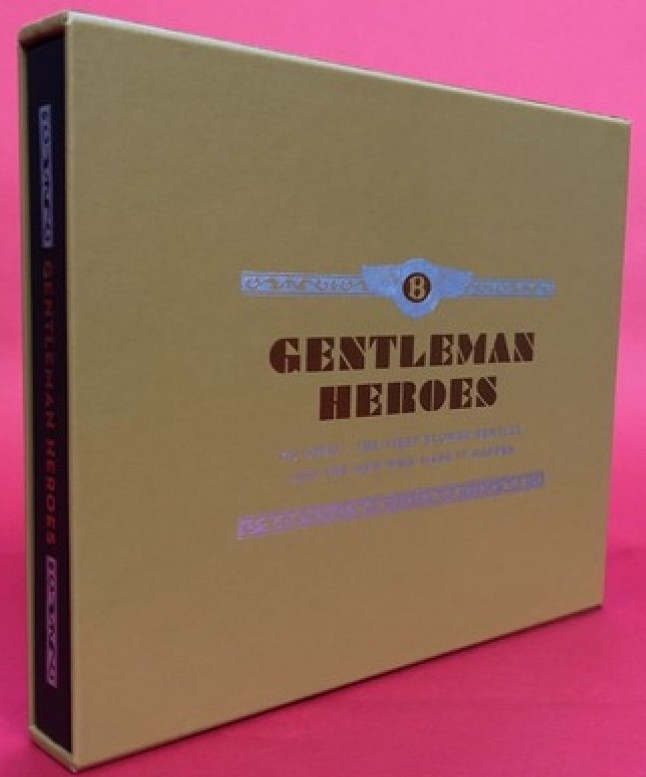

 Phone / Mail / Email
Phone / Mail / Email RSS Feed
RSS Feed Facebook
Facebook Twitter
Twitter